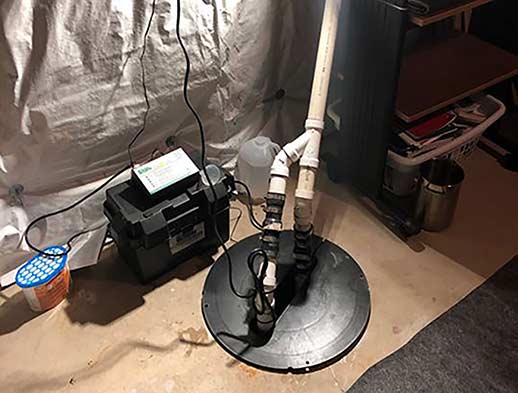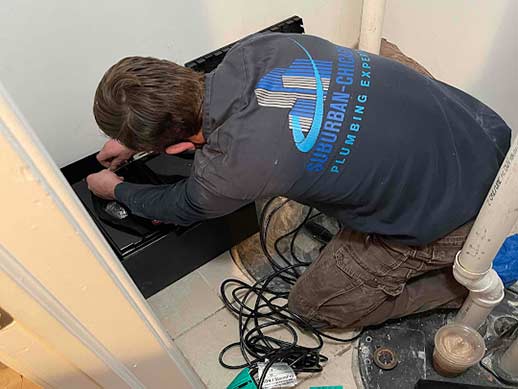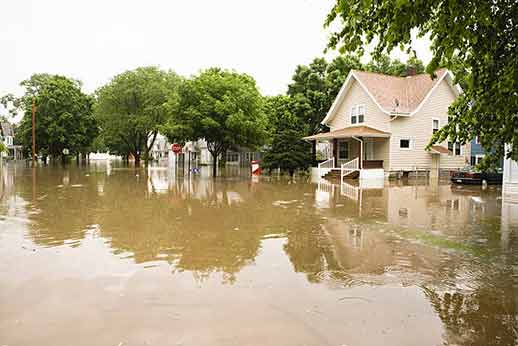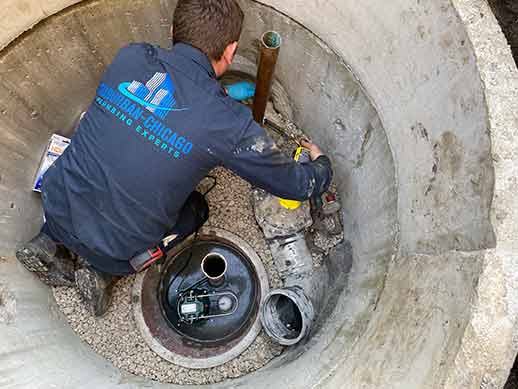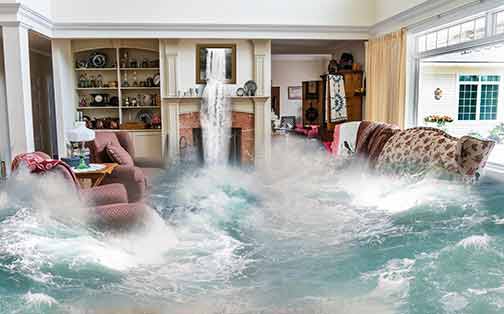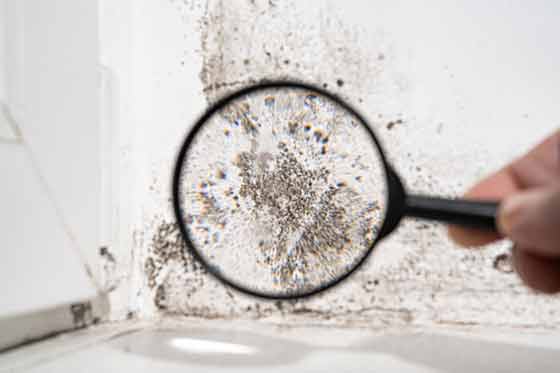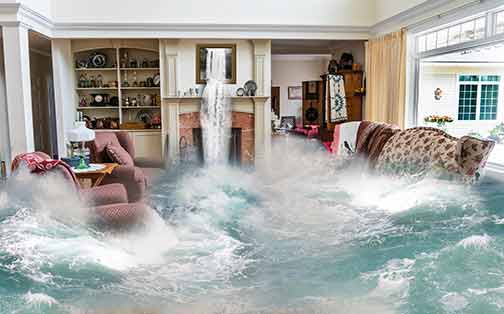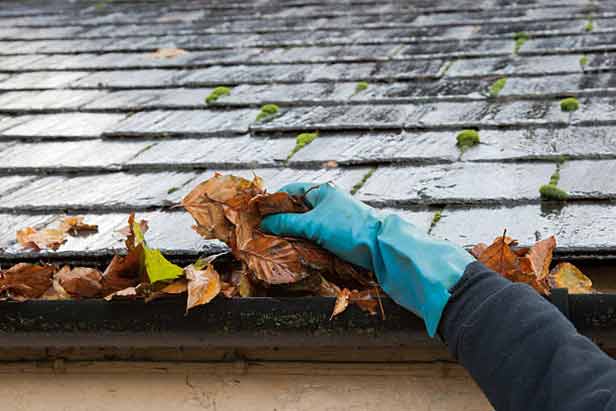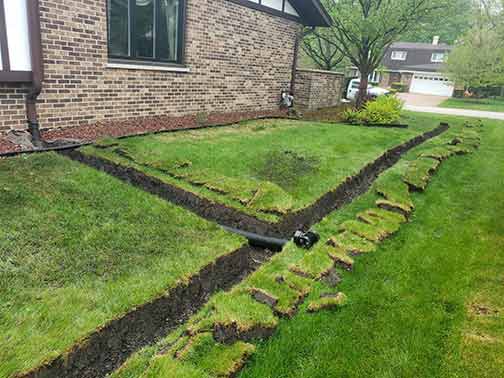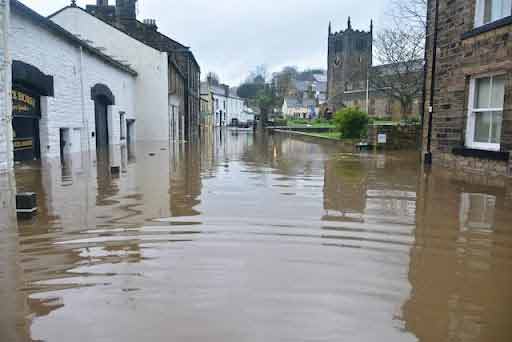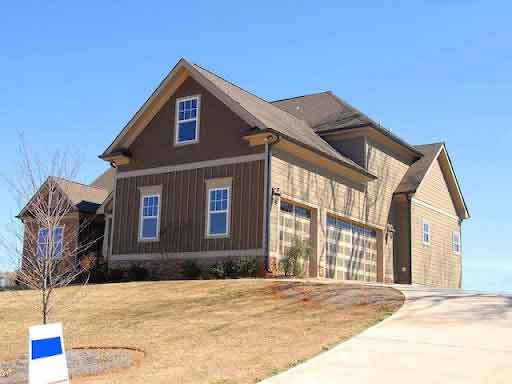Water damage is the most common and devastating problem that American homeowners face. In 2023 alone, every single day, there were around 14,000 reported cases of water damage in homes, with the average insurance claim for each one standing at $11,605.
A significant number of these events were caused by flooding, which is a huge problem. Up to 99% of all US counties experienced flooding in some years. 98% of US homes are also expected to suffer water damage due to basement flooding at least once.
These statistics show us that flooding is a major problem for US homeowners, and almost no home is exempt from this risk. That is because flooding incidents in the property are not always caused by rain but also by the home’s plumbing, faucets, sprinkler systems and leaky pipes.
In other words, according to the Ratner Property Management team, your home does not have to be in a flood-prone area to experience flood damage. Furthermore, climate change is causing such monumental shifts in weather patterns that we are seeing massive natural disasters, like flooding, in areas where they didn’t use to happen.
What can you do to protect your home from water damage caused by flooding? This post will explain seven effective steps for flood-proofing your home. Following these tips will help you avoid the huge burden that flooding incidents can place on your finances.
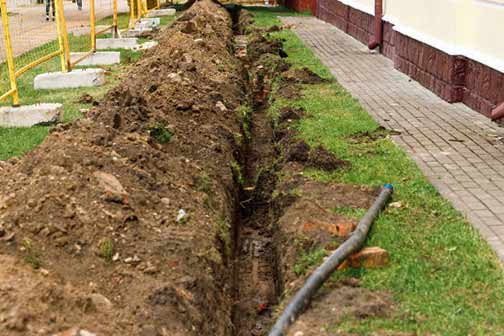
If water consistently pools in one part of your yard and you have tried to solve the issue by grading the land, you may need to install a French drain.
7 ways to protect your home from flood damage
Assess your level of flood risk
Homes in areas with high flood risk need more flood protection measures than those in low-risk areas. High-flood risk locations typically include low-lying areas, flood plains, and homes close to a water body. To know your home’s level of exposure, check your area’s flood map; you can access it for free on the Federal Emergency Management Agency website. The rest of the steps in this post depend on the result of your research.
Keep downspouts and gutters clear
Poorly maintained drains and gutters increase your home’s exposure to the risk of flooding. If gutters and downspouts are discharging water on the walls of your building or near the base of the house, there is a chance that some of that water will find its way into your home. To prevent this, it is essential to keep gutters and downspouts free of debris and ensure they are not in a state of disrepair.
Fix grading issues in your yard
The grade determines the direction in which water will flow in your yard when it rains. You have grading issues if water flows toward your house instead of away from it. This problem can cause a water pool at the base of your building. Some of that water will penetrate the basement. To solve the problem, look for low-lying areas or depressions around your yard and fill them with soil.
Maximize drainage with a French drain
If water consistently pools in one part of your yard and you have tried to solve the issue by grading the land, you may need to install a French drain. A French drain is an underground channel for solving drainage problems in land prone to waterlogging. The great thing about French drains is the system is underground, and the aesthetics of your yard are not impaired.
Create a flood barrier
Flood barriers are designed to stop or slow the advance of floodwaters. There are many types of flood barriers, berm, sandbags, etc. The advantage of sandbags is they are easier to make. You can remove them when not needed. A berm, on the other hand, takes time to construct and is permanent. The advantage of a berm is it can be designed as part of your landscaping to protect your home and improve its aesthetics.
Create a swale or dry pond
A swale is an open channel with gently sloping sides that is used to capture water and direct it away from a home. Swales often have grass growing inside them to prevent erosion and make water penetrating the soil easier. A dry pond, on the other hand, is a large depression that is used to collect and hold water on a property. It acts as a reservoir for runoff water.
Install a sump pump
You need a sump pump even if your home’s flood risk is minimal. A sump pump is your home’s last defense against flood damage. The sump pump will protect your home if a flood happens despite your flood-protection measures. But to get the maximum benefit from a sump pump, you must maintain it regularly. It is also vital to have a sump pump backup battery system installed.
To conclude, before deciding on which flood-protection measure to adopt, it is essential that you talk to an expert. Flood protection measures can be expensive, so you want to be sure that whichever option you choose is the best for your home.

